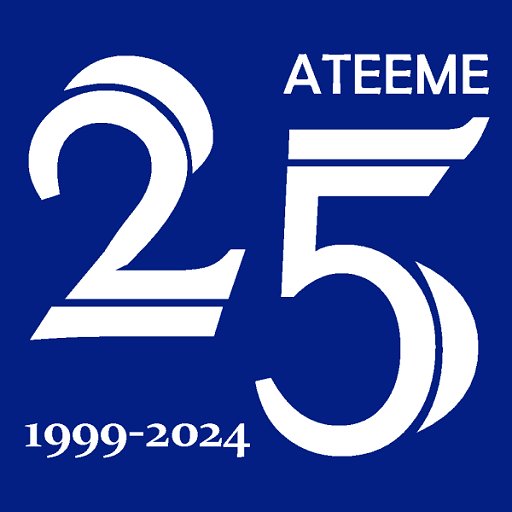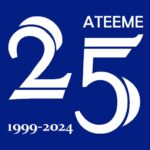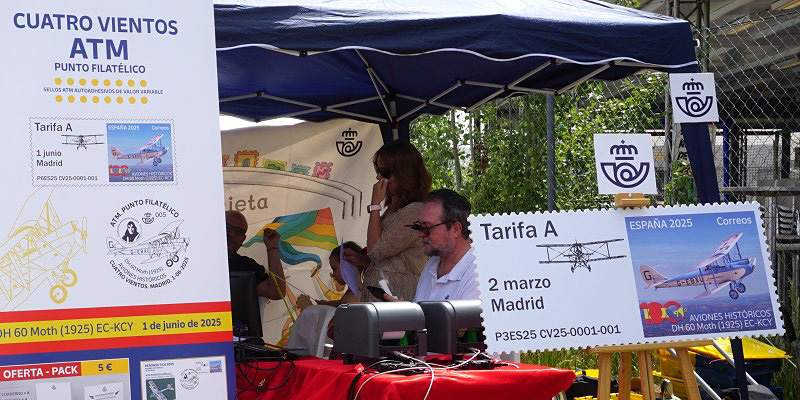In 2024 Correos begun an interesting collaborative project with the Fundación Infante de Orleans (FIO), the museum of historic flying aircraft. Every year, the Correos philatelic service releases a variable value stamp (ATM) design dedicated to one of the museum’s aircraft, and sets up a stand and organizes a special issue as an official presentation at one of the flying exhibitions.
The following content has been restricted to subscribers only. Please login or subscribe to our publication.
Did you enjoy the article? Are you interested in these issues?
You can support us by subscribing to this publication and buying from our shops
ATMs – Spain variable value stamps – Additional information
The following content has been restricted to subscribers only. Please login or subscribe to our publication.


